In contrast to Nvidia's restrictions, the default settings of the Radeon cards can be de facto eliminated and changed at will – be it clock limits, power limit or even the voltage. Always provided you have the right profile at hand. The whole thing is called SoftPowerPlayTable and can be quickly implemented into the registry for the end user quite easily. As with the Radeon VII and earlier at Vega, our forum user hellm has done a lot of work here again and already left the new tables to me to experiment. Yes, the RTG (Radeon Tweaker Group) is alive!
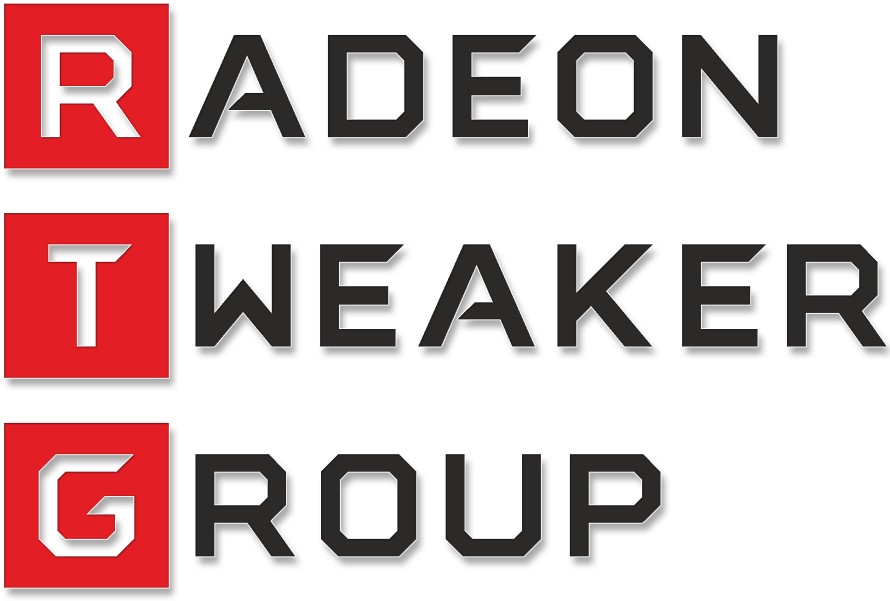
Important preliminary remarks
However, I must also make one important preliminary remark this time. The SoftPowerPlayTables (SPPT) linked here in the article are an experimental intervention in the system and are certainly not suitable for 24/7 use in production systems! Above all, the now possible, higher tensions are a great unknown in the usual overclocker milk girl bill. Because if you exaggerate it, you may save the money for the next faster card at the moment, but you also risk your hardware and thus the entire investment. The article is intended to show what we have been able to do with it and where possible limits lie, so it is nothing more than a brief description of what we have done. No one is responsible for your hardware and the consequences, because you are completely responsible for this!
Test the limits!
It was quite a tedious approach, because there was no experience. By the way, you don't have to use a chiller to get to similarly high values, a simple water cooling is quite enough if you don't overdo it, so you don't even have to use a chiller. In extreme cases, the delta between the water temperature and the GPU diode was approx. 35 degrees, with only medium overclocking then significantly lower. As long as you stay significantly below 50 °C GPU temperature, there are actually no big hurdles even with maximum clock time. Below approx. 45 °C is ideal, but requires a maximum water temperature of 30 °C. You can do that, but not with air coolers.
AMD's Power Tune on the Navi cards is quite an interesting thing, because the clock control usually already has something of Chill, the power-saving feature of the AMD drivers. The maximum clock (including voltage) is therefore not always on, but only if the graphic load also requires it. This style of play is quite smart, of course does not leave a constant clock to indicate, but a good clock progression, which dynamically adjusts to the game load. If you like it all the time, load Witcher 3 and just stop. Then the oven blazes as if Hansel and Gretel had to burn 100 witches at once.
In The WattMan, depending on the implemented SPPT, you can adjust the settings of the card (chip quality) and the cooling:
For my test with the 2.2 GHz+ top clock I have chosen a setting with 2276 MHz for the clock and the full 1.25 volts. The curve can be left as it is and later if necessary. flatten out a little. This doesn't really matter for power consumption. I set the setting for the power to 95%. we will see on the next page that this does not end in exuberant current, but may be important for a more rounded course of the frametimes.
That is exactly what I noticed when I logged the frequencies. We see a slightly softer course in the maximum profile with fewer break-ins at fluctuating loads. I tested Shadow of the Tomb Raider again in Full HD, but all settings on Ultra. And no, it does NOT limit the CPU, as often assumed, because even an RTX 2080 Ti OC scales with shaders and bar, which I tried before in a plausibility test. Here, only the GPU is limited.
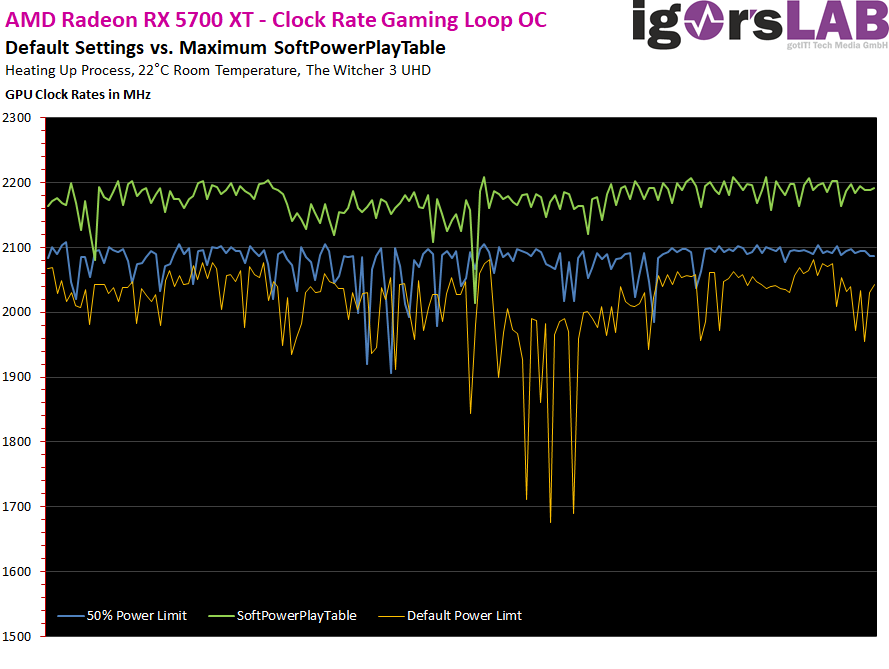
These high peaks in the clock are quite remarkable for this card, because always exactly when they occur, the graphic load is particularly high.
I will show you on the next page that the performance has increased again and the power consumption has NOT exploded extremely. The increase in tension did not, therefore, have had too dramatic an impact on this point. But, I must stress once again, the high tensions cause a creeping death even with perfect cooling in the long run. And that's why it's not for everyday life. This must be taken into account!
Test system and measurement methods
The new test system and the methodology i have already described in great detail in the basic article "How we test graphics cards, as of February 2017" (English: "How We Test Graphics Cards") and therefore for the sake of simplicity now only refers to this detailed Description. So if you want to read everything again, you are welcome to do so.
If you are interested, the summary in table form quickly provides a brief overview:
| Test systems and measuring rooms | |
|---|---|
| Hardware: |
Intel Core i7-8700K x 5 GHz MSI Z370 Gaming Pro Carbon AC 16GB KFA2 DDR4 4000 Hall of Fame 1x 1 TByte Toshiba OCZ RD400 (M.2, System SSD) 2x 960 GByte Toshiba OCZ TR150 (Storage, Images) Be Quiet Dark Power Pro 11, 850-watt power supply |
| Cooling: |
Alphacool Ice Block XPX + EKWB Vector Radeon RX 5700 8x Be Quiet! Silent Wings 3 PWM, 2x 480mm Alphacool Nexxos UT60 480 mm Thermal Grizzly Kryonaut (for cooler change) |
| Housing: |
Lian Li PC-T70 with expansion kit and modifications Modes: Open Benchtable, Closed Case |
| Monitor: | Eizo EV3237-BK |
| Power consumption: |
non-contact DC measurement on the PCIe slot (Riser-Card) non-contact DC measurement on the external PCIe power supply Direct voltage measurement on the respective feeders and on the power supply 2x Rohde & Schwarz HMO 3054, 500 MHz multi-channel oscillograph with memory function 4x Rohde & Schwarz HZO50, current togor adapter (1 mA to 30 A, 100 KHz, DC) 4x Rohde & Schwarz HZ355, touch divider (10:1, 500 MHz) 1x Rohde & Schwarz HMC 8012, digital multimeter with storage function |
| Thermography: |
Optris PI640, infrared camera PI Connect evaluation software with profiles |
| Acoustics: |
NTI Audio M2211 (with calibration file) Steinberg UR12 (with phantom power for the microphones) Creative X7, Smaart v.7 own low-reflection measuring room, 3.5 x 1.8 x 2.2 m (LxTxH) Axial measurements, perpendicular to the center of the sound source(s), measuring distance 50 cm Noise in dBA (Slow) as RTA measurement Frequency spectrum as a graph |
| Operating system | Windows 10 Pro (1903, all updates) |














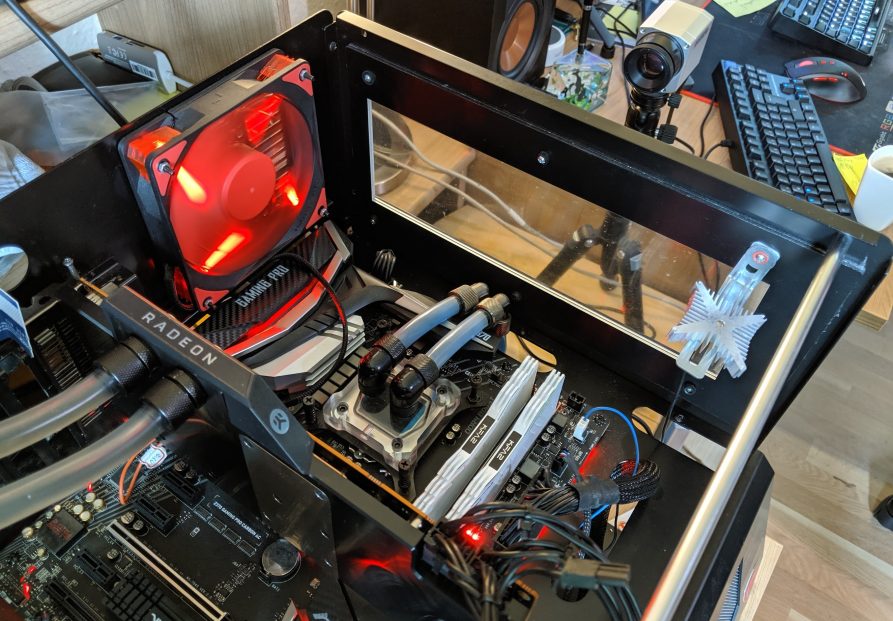
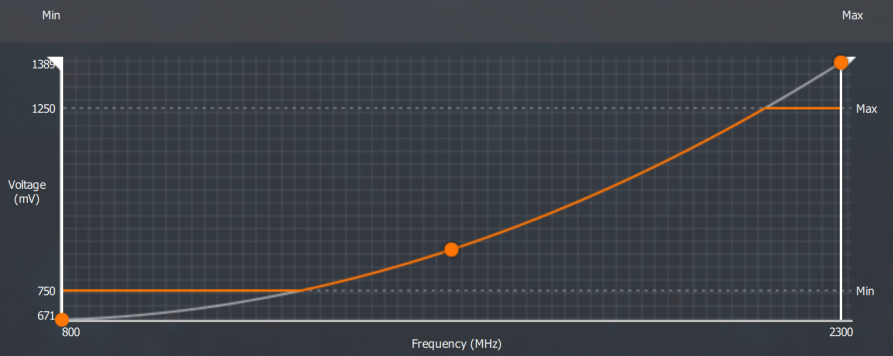
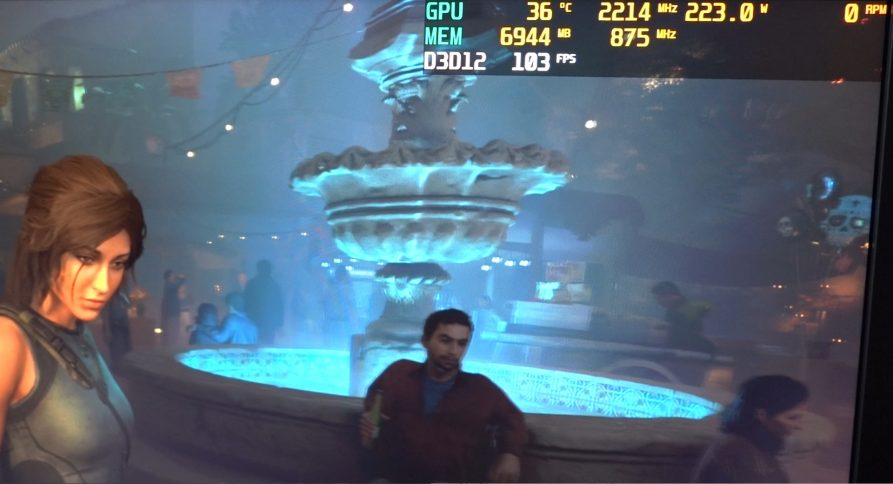
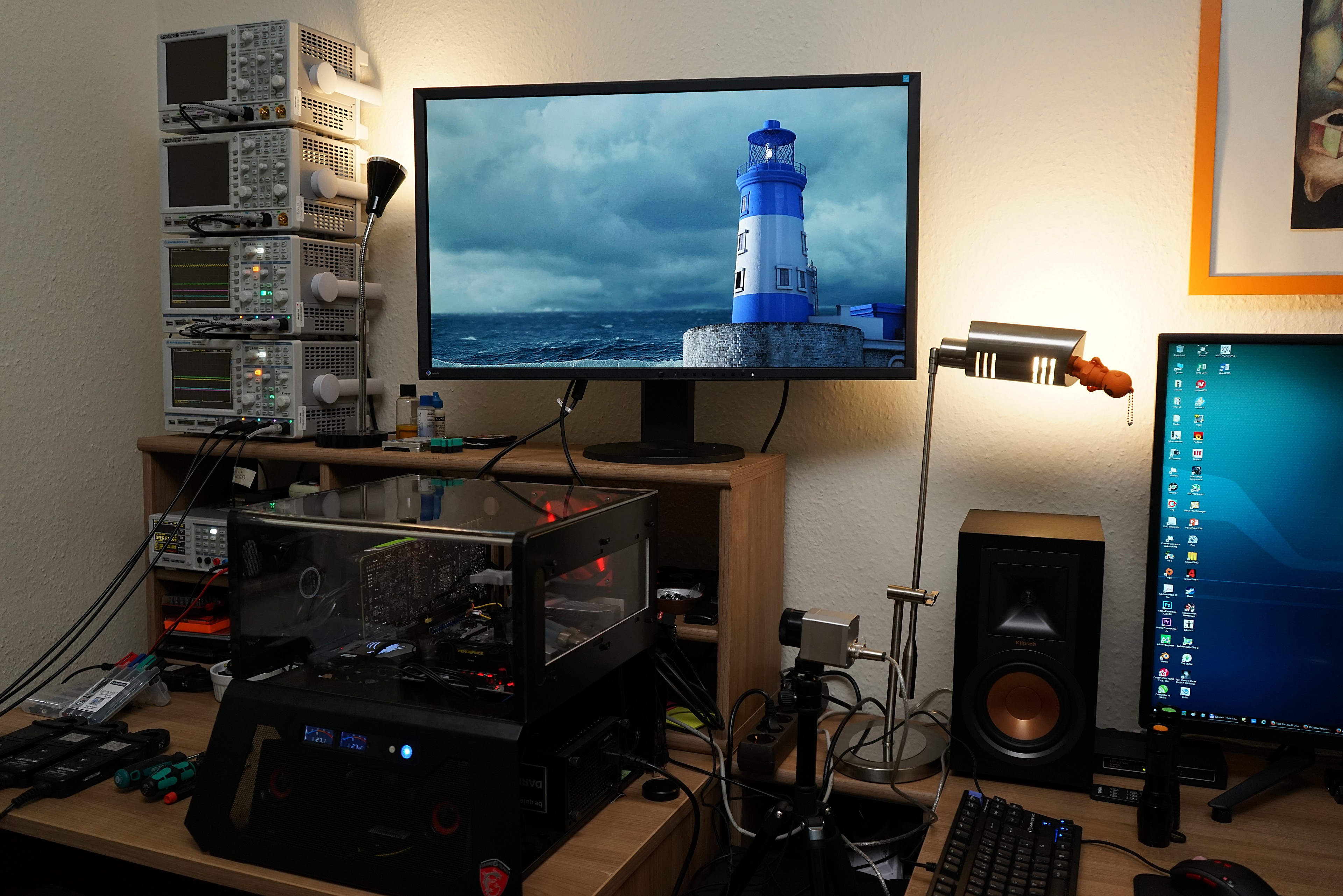

















Kommentieren